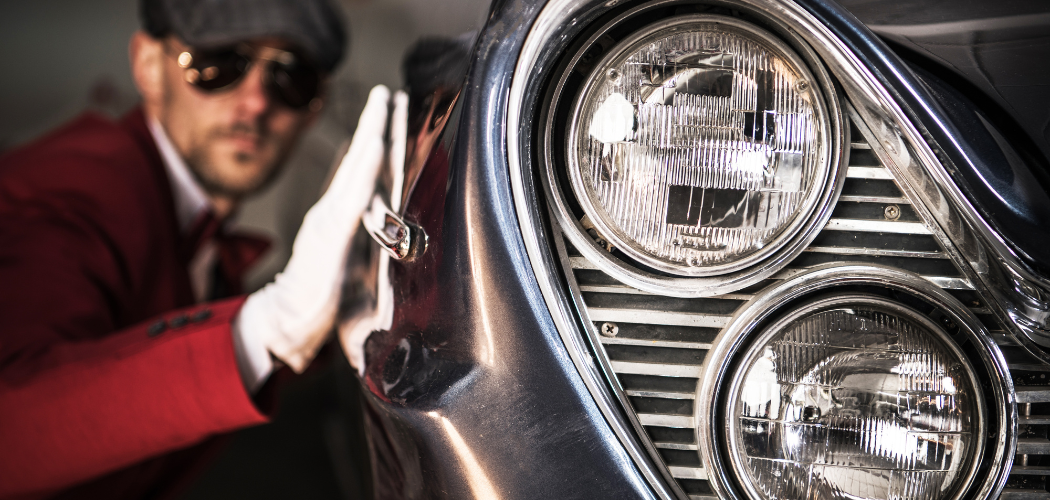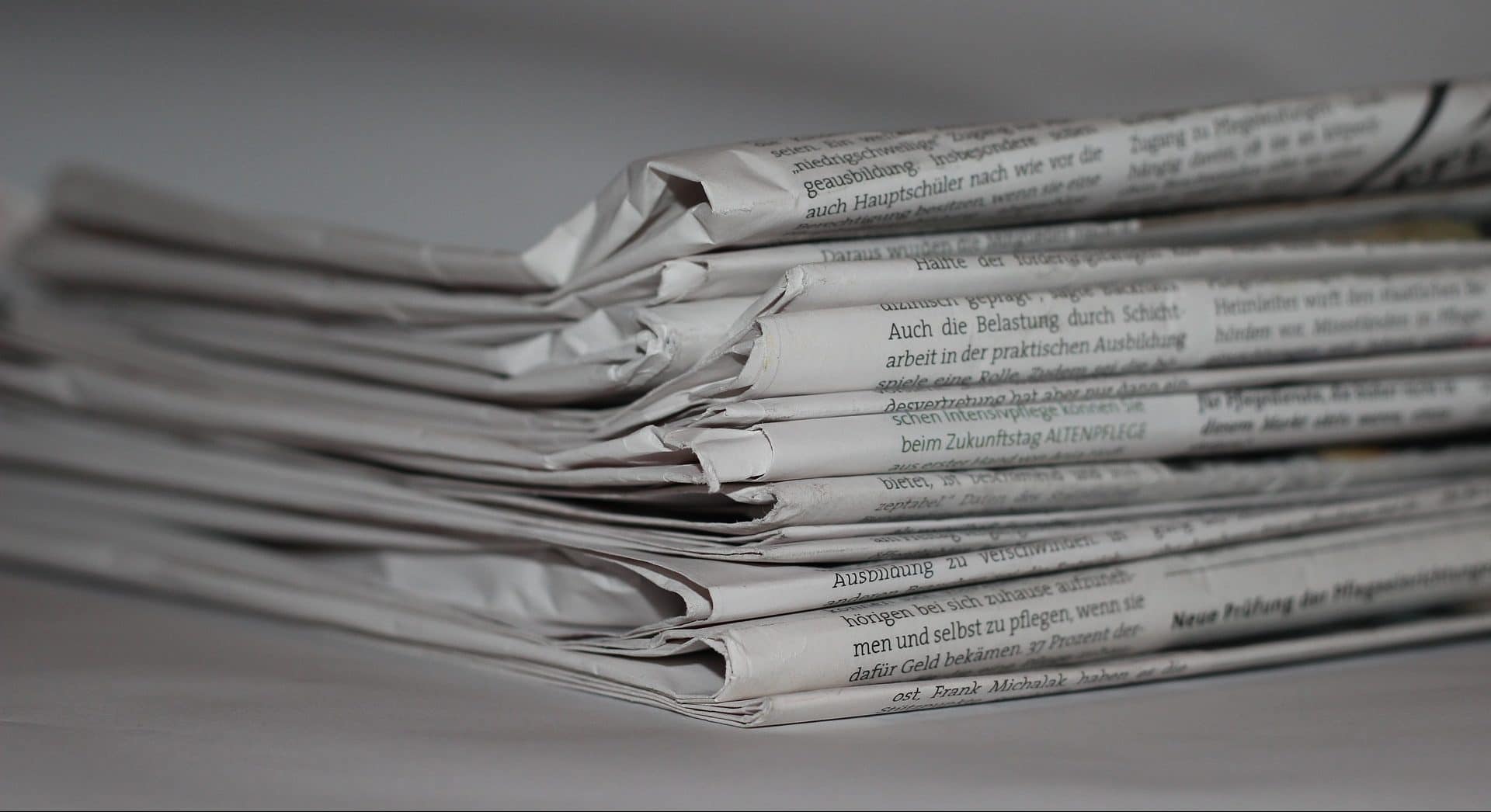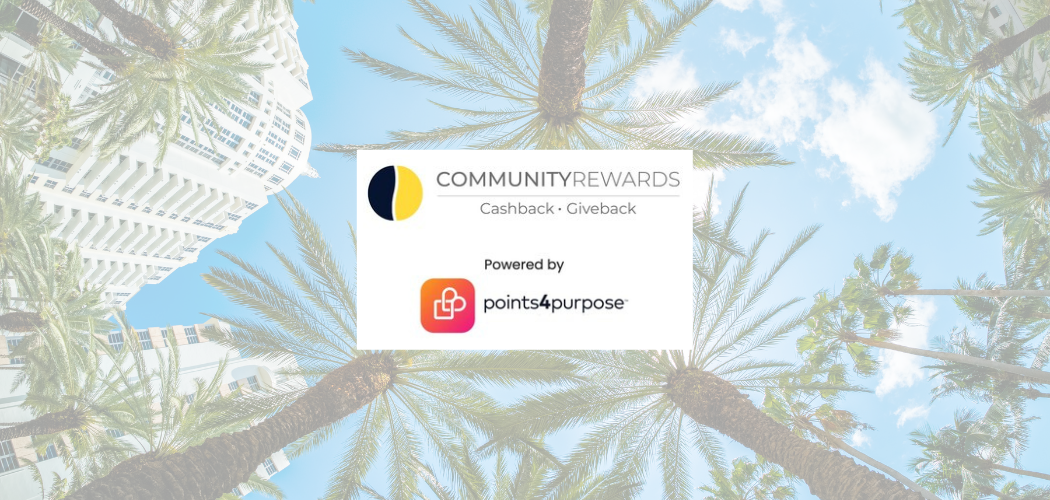Even when it steals market share in the retail sector, the Starbucks SBUX -0.1% Rewards loyalty program rewards more than its customers.
Starbucks Rewards, with nearly 20 million members, also benefits retailers, even those that compete for the same consumer dollar. This is because the size, channel options, frequency of use and captured data derived from the Starbucks Rewards program inform industry-changing practices that other retailers can learn from and adopt with less risk.
Tis the season to recognize these contributions. The Starbucks Card, which has evolved into the Starbucks Rewards program, is entering its 20th holiday period.
Starbucks’ first reloadable cards launched nationwide on November 14, 2001, to coincide with the holiday season. They featured white snowflakes and came in red holiday sleeves.
No two snowflakes are alike, and neither are Starbucks members and the data they share. Thanks to that wealth of insights, Starbucks has been able to expand the card into a business-within-a-business, and it influences all of retail.
Here are 12 ways Starbucks Rewards has impacted the retail industry.
1. It’s raising high frequency even higher. In 2011, Starbucks launched the Starbucks Card mobile app, enabling mobile payment. By 2019, 71% of Starbucks app users were visiting a store at least once a week, according to Numerator, a market intelligence and consumer insights provider. Further, app users were 5.6 times more likely to visit a Starbucks every day. Such frequency of use and familiarity eases the adoption of other retail apps.
2. It encourages overall retail sales. Members who purchase Starbucks packaged coffee at grocery stores earn points by entering a Star code that is on a package sticker, and it sometimes rewards bonus points for such purchases. This encourages shoppers to buy their Starbucks in more channels, and benefits the retailers that carry it.
3. It mainstreamed pre-ordering and payment. In 2014, Starbucks introduced Starbucks Mobile Order & Pay, and conditioned millions of people to lock into their purchases ahead of time. As of 2019, the majority of members who used the app did so to order ahead and/or to pay in store. More than one-third (35%) used the feature to order ahead every time they visited a Starbucks.
4. Real-time personalization. Starbucks Rewards has reinforced how lucrative member data can be when used to send relevant offers at crucial times. In 2019, Starbucks attributed 40% of its overall sales to the program, and a lot of those purchases are likely due to promotions.
5. It’s currency neutral. In the fall, Starbucks began allowing reward members to pay for orders by cash, credit/debit card and select mobile apps. Members still earn the same number of points by scanning their Starbucks app, so the company expects the expansion to attract a wider customer base. This serves as a reliable test for retailers considering the same.
6. It can be linked to improved property value. The “Starbucks effect” is a tracked phenomenon in which real estate surrounding a Starbucks location rises in value. With 22,000 new locations planned by 2030, that affects a lot of retailers. The company reportedly employs analytic experts to assess demographic, income and economic data, and it’s likely it uses its reward program data as well, for improved success rates in new locations.
7. It has helped further artificial intelligence in ordering. In 2017, the Starbucks My Barista chatbot debuted, so members could order their favorite coffees by voice command. In the same year, Amazon AMZN +2% added a reorder option to its Amazon Alexa platform. As more retailers turn to chatbots during the pandemic, Starbucks’ early entry can serve as a model.
8. It created new models in gamification. Starbucks entered digital gaming in 2015 with its Starbucks for Life and then Bonus Star Bingo, which enable loyalty members to accumulate points and prizes over a period of time. Like other activities tied to Starbucks Rewards, the sheer size of its membership – 19.4 million – ensures a level of adoption from which other retailers could learn. By gamifying the experience and putting a promotional program to work to engage the customer beyond simple discounts, this is a game every retailer should pay attention to as it shapes its own program.
9. It will test how well “express stores” work. In June, Starbucks announced an 18-month plan to add drive-thru and curbside pickup options to company-operated stores and Starbucks Pickup locations. This change is possible because of the order-ahead capabilities of the Starbucks Rewards app. It’s likely other retailers, as well as restaurants, will be watching closely to see how consumers adapt to this new offer.
10. It’s open to partnerships. Starbucks has long partnered with retailers, including Target TGT +2.6% and Kroger KR +0.1%, by operating locations within their stores. This attracts foot traffic, and the more Starbucks Rewards members, the higher the traffic. In a move from retail partnerships to payment partnerships, Starbucks Canada recently entered a one-year agreement with TD Aeroplan Visa, in which customers earn 50% more Aeroplan Points with Starbucks purchases. Users add funds to their Starbuck Cards via the Aeroplan Visa, or use their Starbucks app to access the Visa. Retailers similarly can extend their reach and relevance through partnerships with their loyalty applications.
11. It is making less waste to improve the “big food” image. First it replaced plastic cards with a digital app. Now Starbucks is developing a feature for its app so members can scan a bag of coffee and trace its path from origin to store. This follows the rolling out of straw-less lids in September. Both efforts show a level of caring that invigorates loyalty and could inspire shoppers to look for similar efforts by other retail goods.
12. It's a major contributor to the coffee-shop culture. The hot drinks market, of which coffee is the largest player, is expected to grow at an annual rate of 10.3% from 2020 to 2025. Starbucks not only will be part of that growth, its rewards program can take much credit for making craft coffee an everyday purchase.
With membership numbers that equal the entire population of New York State, Starbucks Rewards has a lot of influence. The best gift retailers can give themselves, when considering that influence, is to learn from it, so their loyalty programs attract more household dollars, more frequently, as well.
Bryan Pearson is a Featured Contributor to The Wise Marketer and currently serves as a director and strategic advisor to a number of loyalty-related organizations. He is the former CEO of LoyaltyOne.
This article originally appeared in Forbes. Be sure to follow Bryan on Twitter for more on retail, loyalty, and the customer experience.




